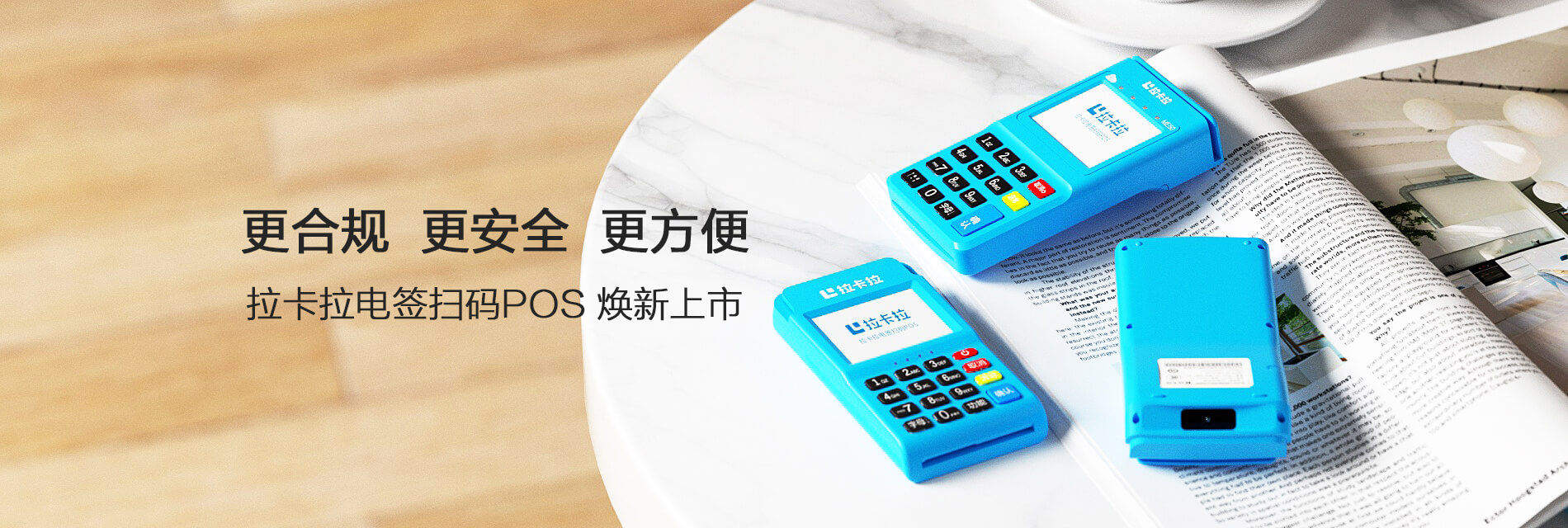
**Title: POS Terminal Pre-Authorization**
In the fast-paced world of modern commerce, the Point of Sale (POS) terminal has become an indispensable tool for businesses. One of the key features of a POS system is the ability to process transactions efficiently and securely. Among these features, the concept of POS terminal pre-authorization stands out as a crucial aspect of transaction processing. This article delves into the concept of POS terminal pre-authorization, its importance, and its implementation in the global financial landscape.
### Understanding POS Terminal Pre-Authorization

POS terminal pre-authorization is a process where a merchant initiates a transaction by asking a customer to provide authorization for a certain amount of money. This authorization is not an immediate charge but a hold on the customer's credit or debit card, ensuring that the funds are reserved for the transaction. The pre-authorization amount is typically the estimated cost of the goods or services being purchased.
The process involves the following steps:
1. **Transaction Initiation**: The merchant inputs the transaction amount into the POS terminal.
2. **Authorization Request**: The POS terminal sends a request to the acquiring bank for authorization.
3. **Approval or Decline**: The acquiring bank processes the request and sends back an approval or decline.
4. **Hold on Funds**: If approved, the acquiring bank places a hold on the specified amount until the transaction is completed or the hold is released.
5. **Completion of Transaction**: Once the goods or services are provided, the merchant completes the transaction, and the hold is converted into a final charge.
### Importance of POS Terminal Pre-Authorization
The use of pre-authorization in POS terminals serves several important purposes:
1. **Risk Mitigation**: By holding funds before the actual transaction, merchants reduce the risk of chargebacks due to non-delivery or incorrect billing.
2. **Cash Flow Management**: Pre-authorization helps businesses manage their cash flow by ensuring that funds are available when the transaction is completed.
3. **Customer Assurance**: It provides customers with peace of mind, knowing that their funds are secure and reserved for the transaction.
4. **Fraud Prevention**: Pre-authorization can act as a deterrent to fraudulent activities as the transaction requires real-time authorization from the issuing bank.
### Implementation and Challenges
The implementation of POS terminal pre-authorization involves several technical and operational aspects:
1. **Secure Communication**: The communication between the POS terminal and the acquiring bank must be secure to prevent unauthorized access to sensitive cardholder information.
2. **Compliance with Regulations**: Merchants must comply with various industry standards and regulations, such as the Payment Card Industry Data Security Standard (PCI DSS).
3. **Integration with Banking Systems**: The POS system must be integrated with the banking systems to facilitate real-time authorization and fund holding.
Despite its benefits, there are challenges in implementing POS terminal pre-authorization:
- **Cost**: There might be additional costs associated with implementing and maintaining the pre-authorization feature.
- **Customer Experience**: Customers might perceive pre-authorization as an inconvenience, especially if the hold is released too late.
- **Technical Complexity**: The integration and management of pre-authorization can be technically complex, requiring skilled personnel and resources.
### Conclusion
POS terminal pre-authorization is a critical feature that enhances the security, efficiency, and reliability of transaction processing. While it offers several benefits, its successful implementation requires careful consideration of technical, operational, and regulatory aspects. As the financial landscape continues to evolve, the role of pre-authorization in ensuring secure and seamless transactions will remain a cornerstone of modern commerce.